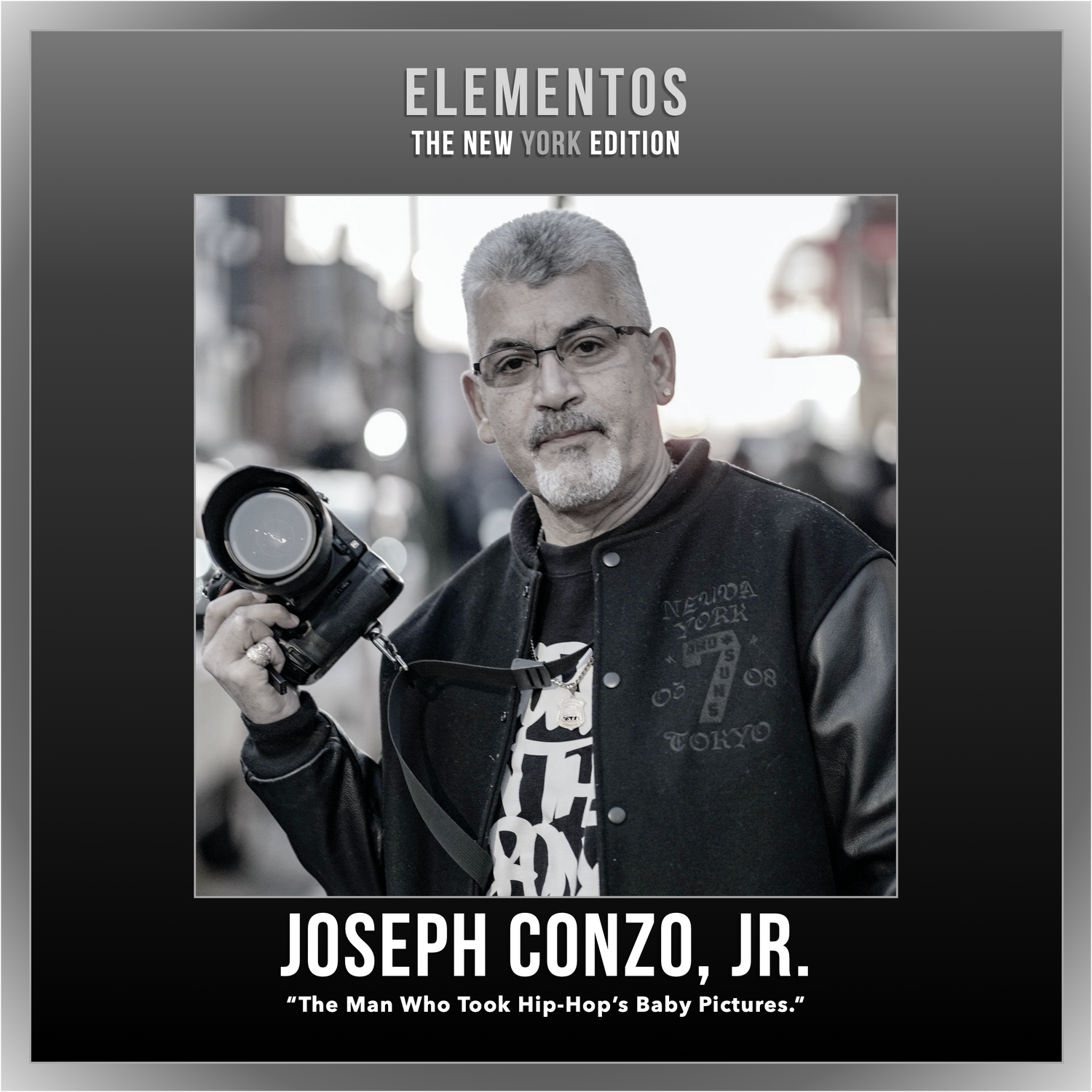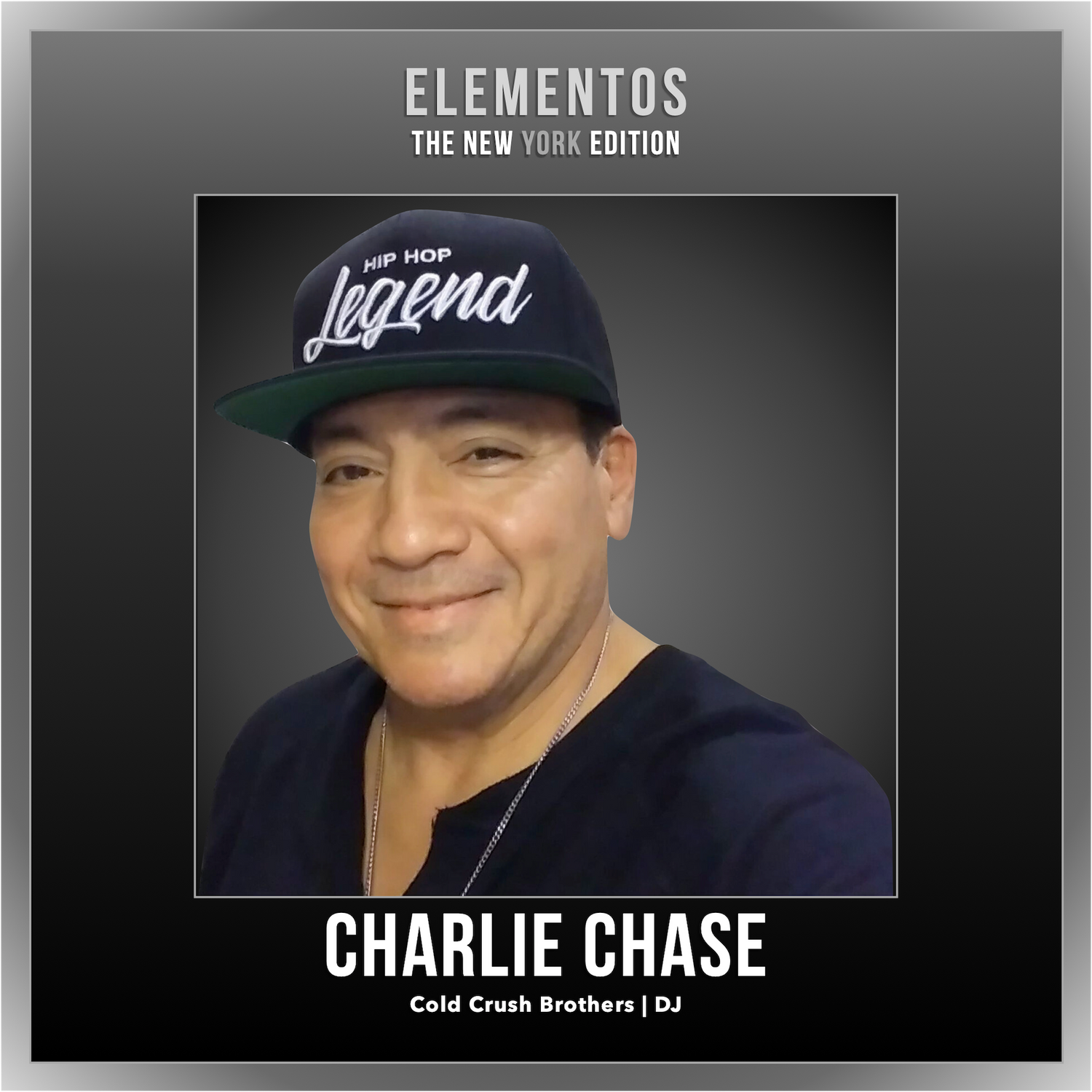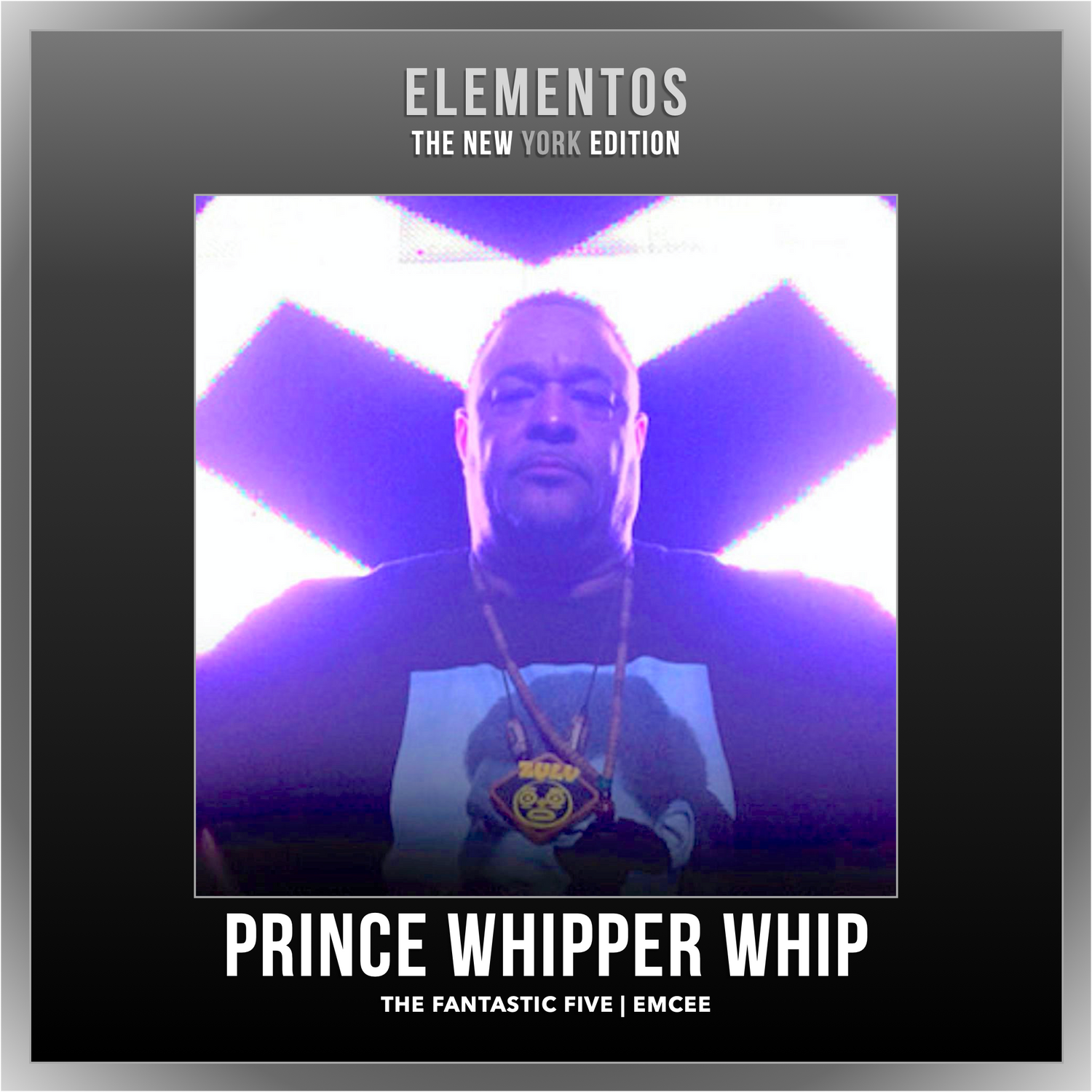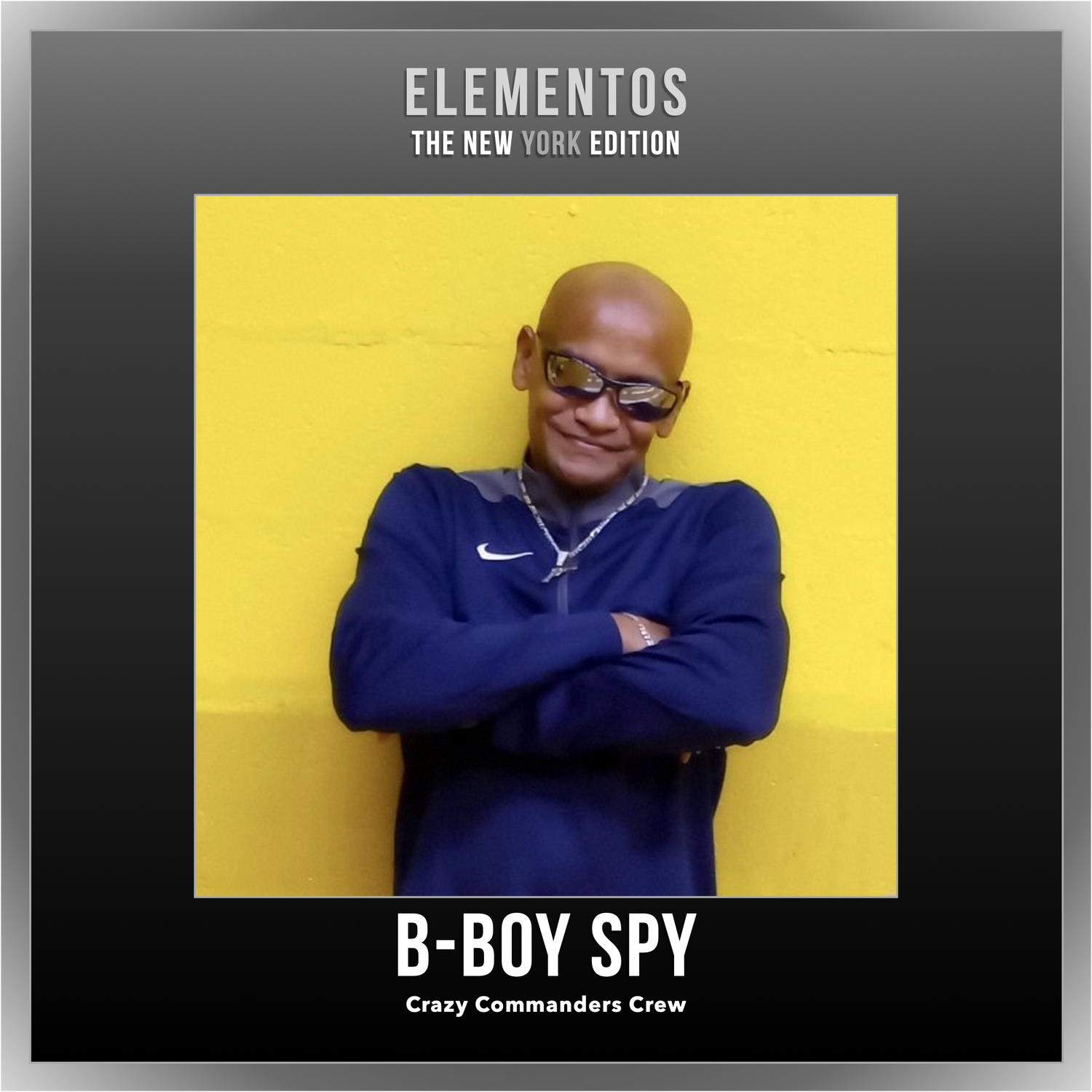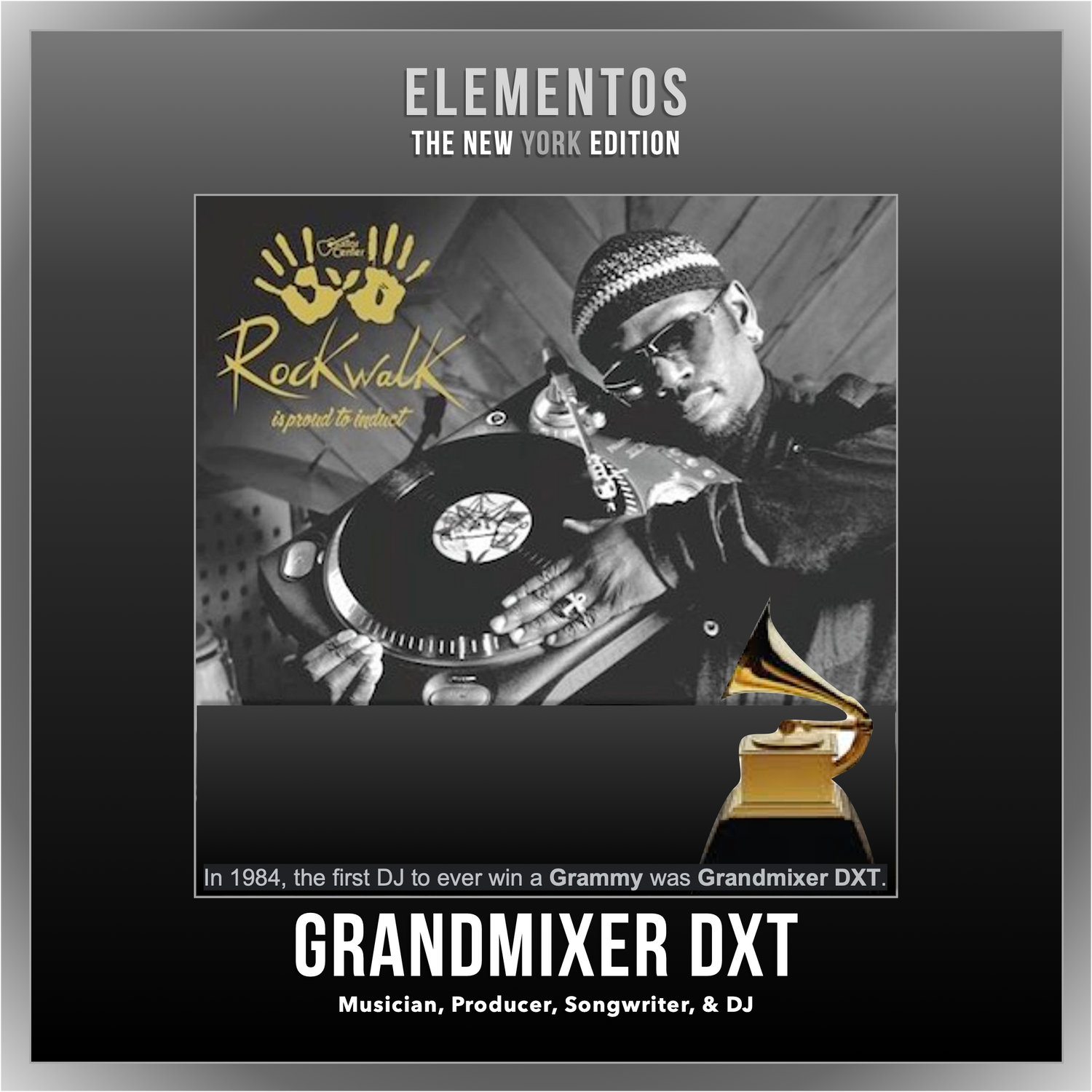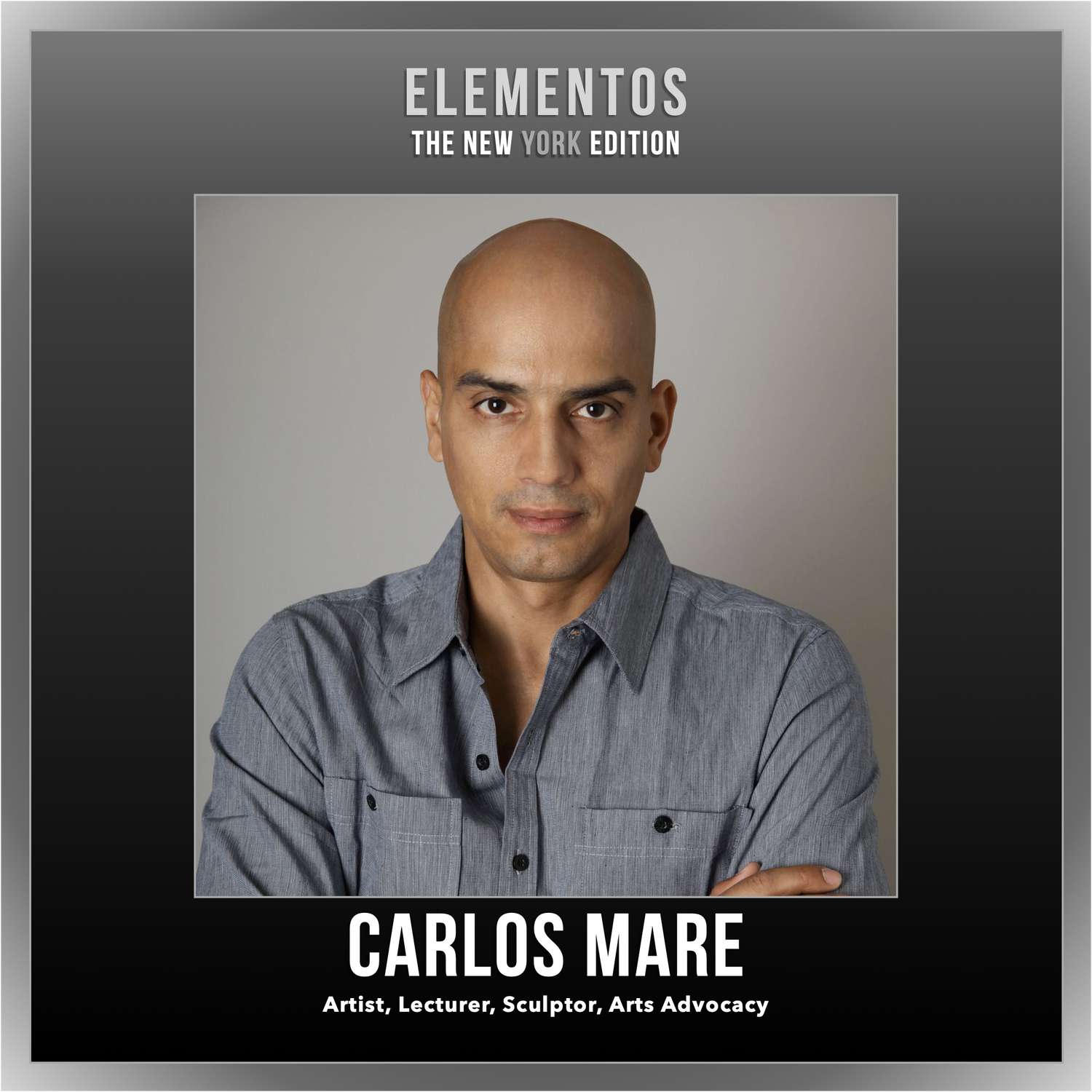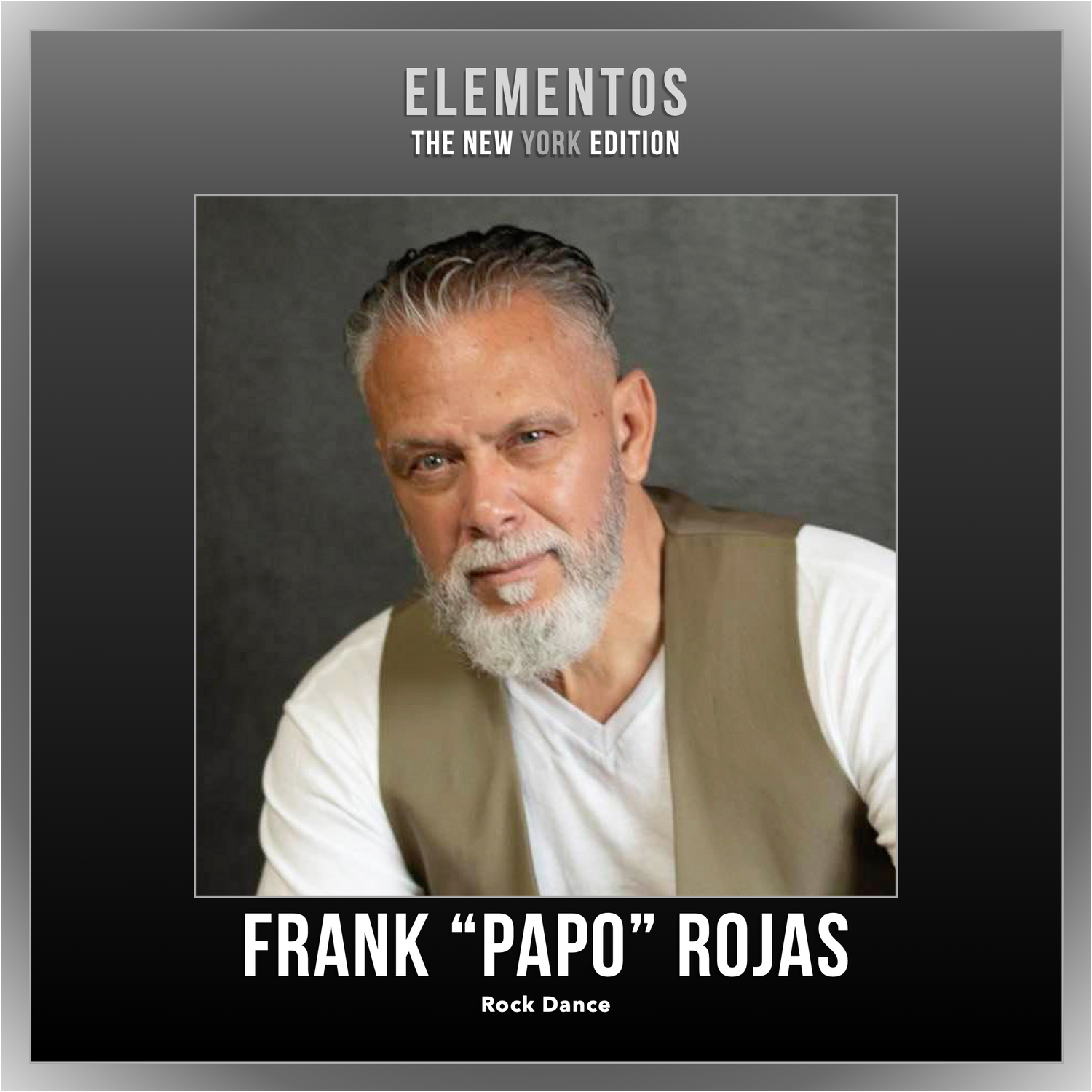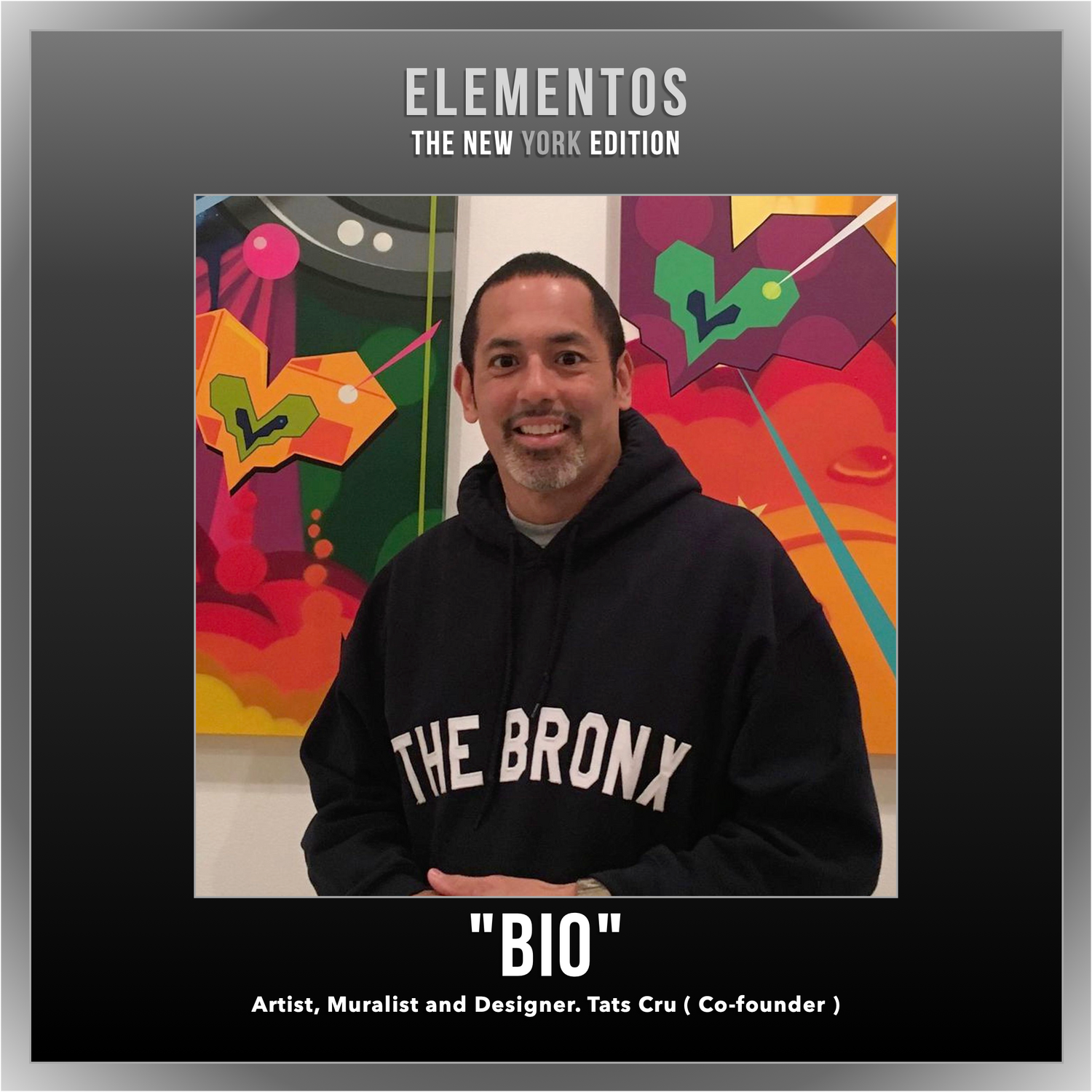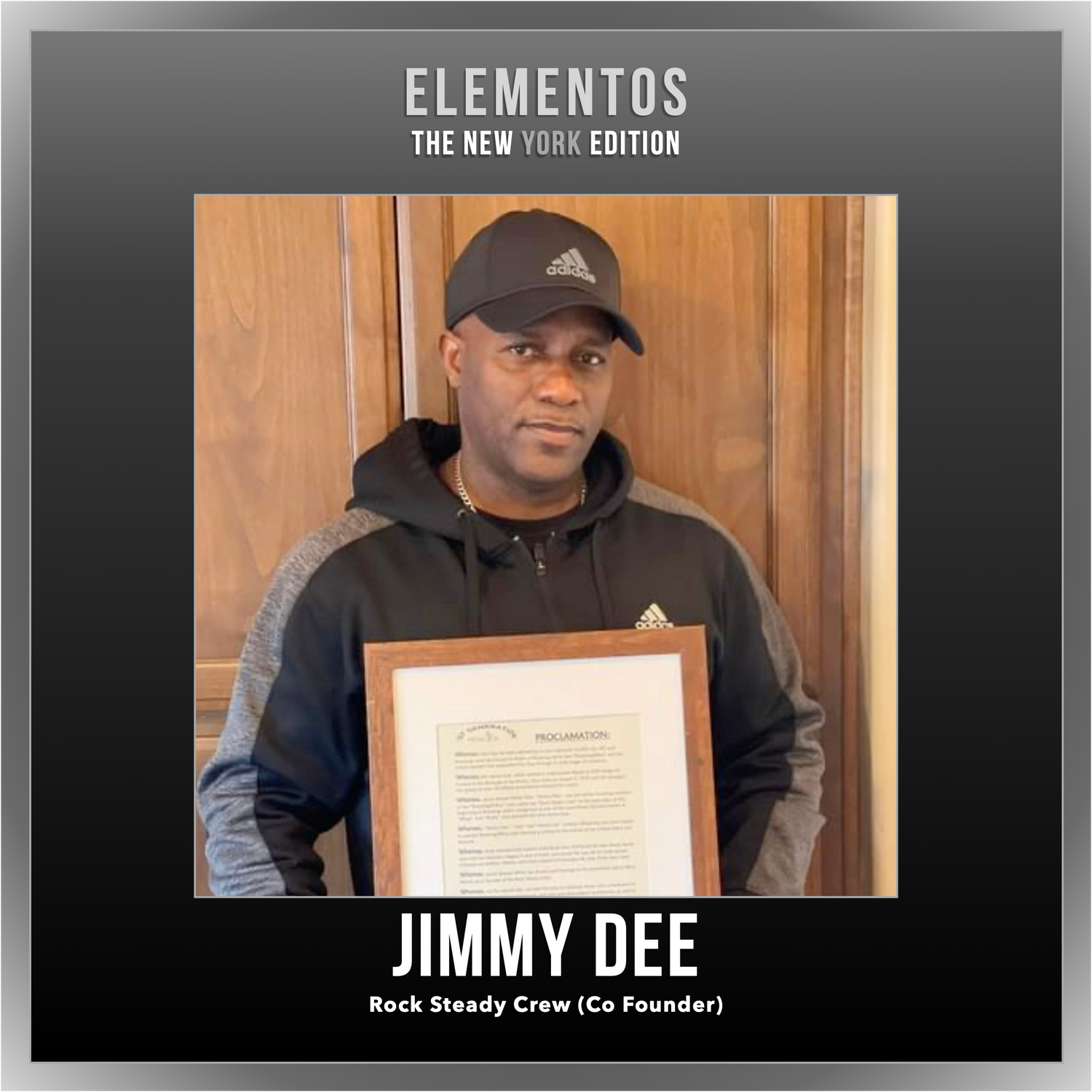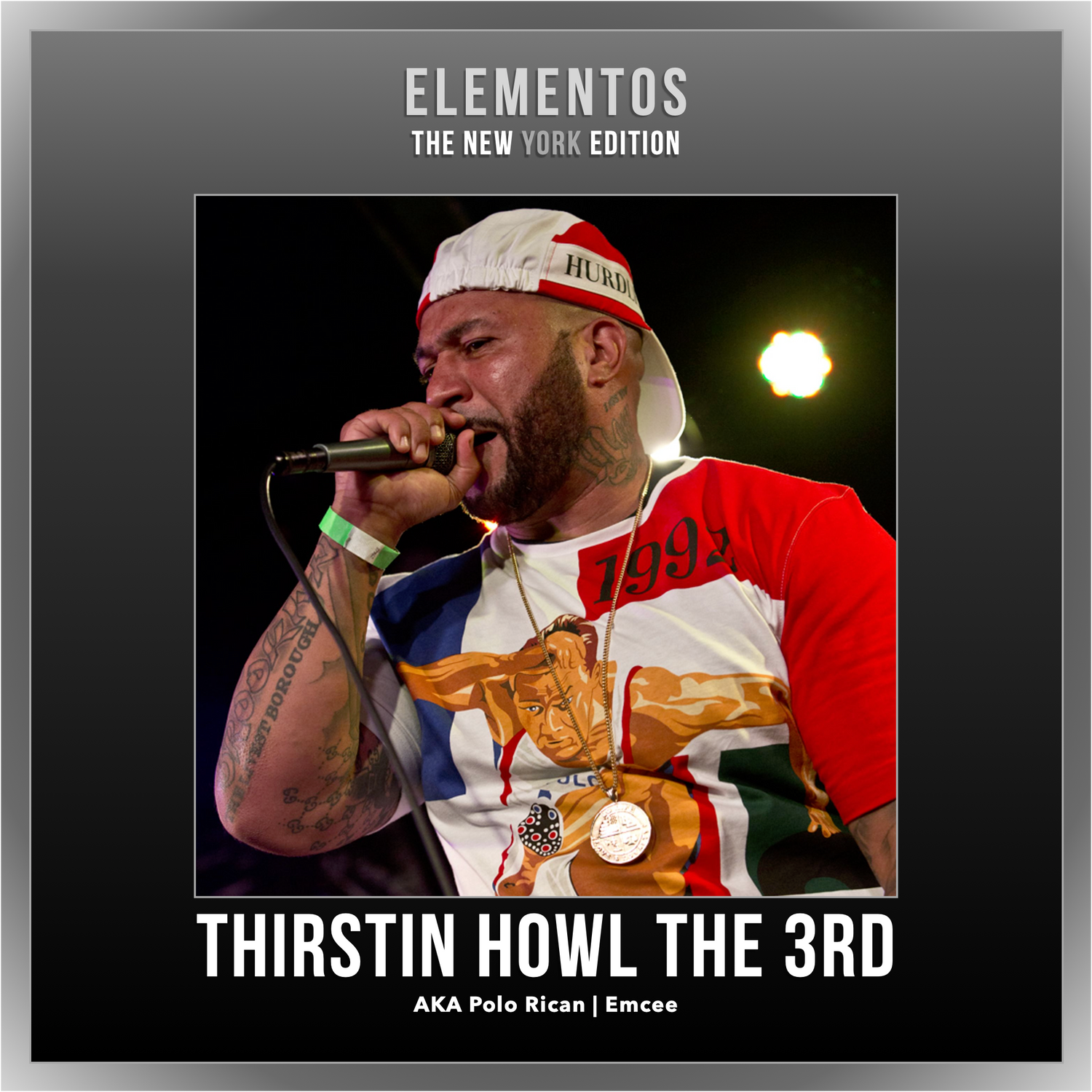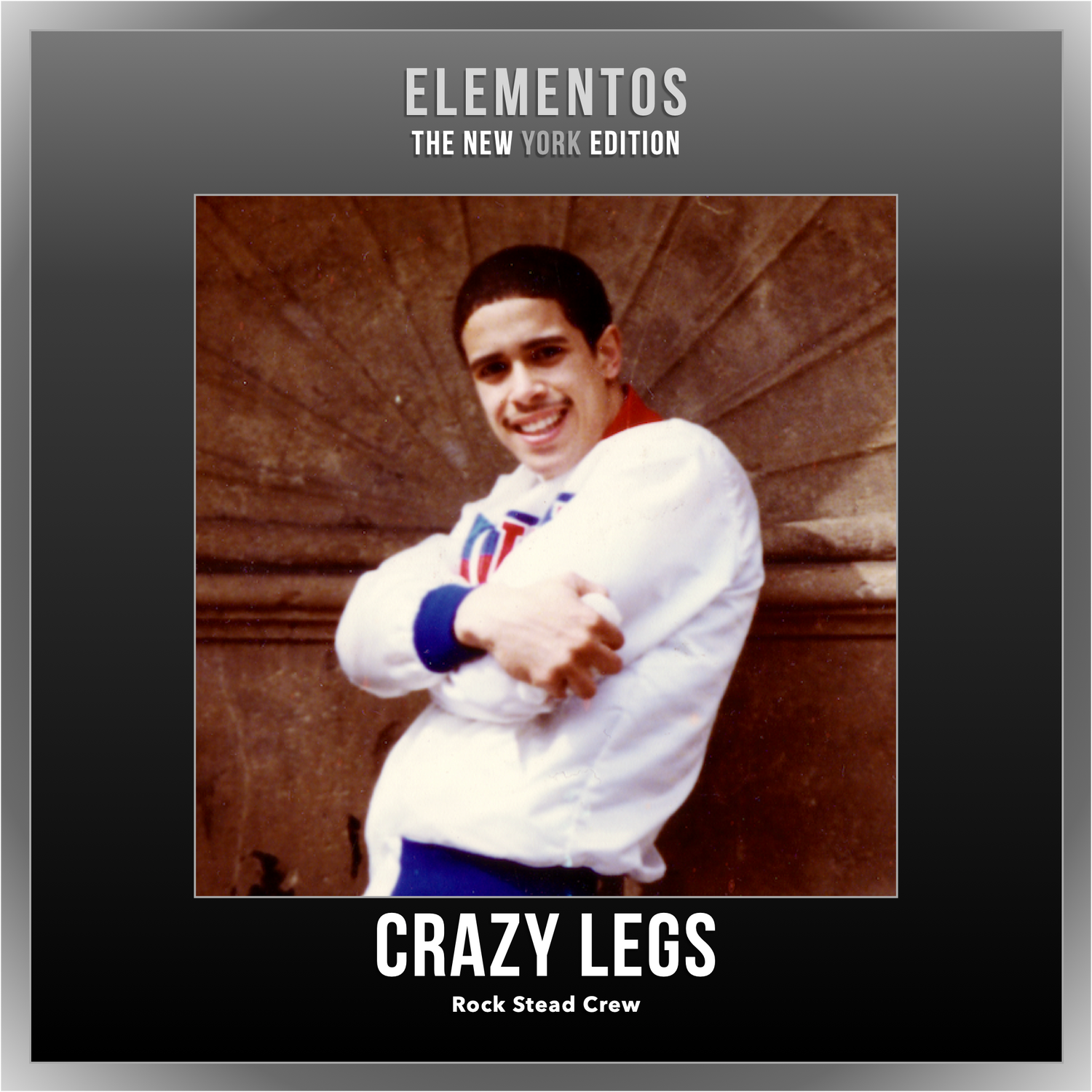Baby J
DJ Baby J is a pioneering artist among modern mix-masters. As Hip Hop celebrates its
symbolic 50th anniversary, those early 1970s beginnings perfectly align with the life and work of
Victor Rodriguez. Fifty years ago, while still a teenager, Baby J quickly rose from an awestruck
face in the crowd at early shows to becoming one of the city's most prolific DJs—playing in his
hometown of Woodside, Queens, as well as at venues in Manhattan, Brooklyn, and beyond.
Baby J's new photography collection, From My Bedroom To Broadway: Battle Of The DJs
1973-1984, documents a period where the music and culture of New York City nightlife shaped
the rest of the globe. At nearly 250 pages, the self-published, high-quality collection features
stellar documentation, including photographs, flyers, and other pieces of rare memorabilia from
a seminal time in music. The decade capsule ends after Baby J became a resident DJ,
promoter, and talent booker for the famed United Skates Of America. This Queens venue
competed among the best in the city as a destination for concerts by New Edition, Run-D.M.C.,
Treacherous Three, Kurtis Blow, and others. The position marks Baby J's ascent from a
dues-paying music-obsessed teen to earning his post as one of the gatekeepers of culture.
Originally from Brooklyn's Brownsville and East New York sections, Baby J's family relocated to
Woodside, Queens by the early 1970s. There he recalls a typical two-parent upbringing where
everybody knew one another. In 1973, just as Hip Hop culture was taking shape—J (an
abbreviation for junior) began exploring his cultural surroundings. "As I started broadening out
and going to other neighborhoods, I saw the Black culture, and I identified the different Latin
cultures; I was growing up and getting introduced to a lot of different things," he recalls. An aunt
studying at Marymount College had co-founded the first Latin cultural club, Latin Unlimited,
and invited Baby J to its first party. "I was bit; that was it. That's how the book starts."
After attending his first party, Baby J began compiling 45s to build the music collection he holds
today. At the onset, he borrowed friends' equipment, including guitar amps, to eventually
assemble a formidable setup. The book chronicles this 1974 breakthrough and portrays a
curly-haired, wide-eyed student of others. He linked with friend and neighbor Alvin II (aka Alvin
McKie II), and the pair formed an early DJ crew: Show-Down. The name exemplified two teens
who led with their skills and far-reaching playlists. "For me, since I'm Latin, so I played a variety
of music," he boasts, adding that Alvin specialized in Soul. "In the early '70s, Disco, Soul, Funk,
Latin Jazz, and slow jams were the party-makers." Baby J recalls songs by James Brown,
Babe Ruth, Manu Dibango, Barry White, Jimmy Castor, The Isley Brothers, The Spinners,
Harold Melvin & The Blue Notes, The Chi-Lites, and others decorating the sound of his early
parties for bars, community centers, and other events.
Shortly after launching, Show-Down became a mobile crew. "Out the gate, we were traveling
and going places," he shares. Unlike DJs who were confined to their neighborhoods, Baby J was
all-city. The book documents events in Queens, Brooklyn, and legendary Manhattan venues like
The Hotel Diplomat and Renaissance Ballroom. "I'd be playing at the Constellation in the
Hotel Diplomat, and I'd take a break and go upstairs and see amazing shows in the Grand
Ballroom. That's where I first saw Grandmaster Flash, DJ Hollywood, Luvbug Starski, Pete
"DJ" Jones; the list goes on and on." Downstairs, Baby J made Constellation a draw for
party-goers. "I had a nice sound system. I had the right music, and I rocked out," he beams. J
broke records that audiences had yet to hear.
Baby J's flyers had an energy that matched his music and were some of the first to use
eye-grabbing designs and cutting-edge Xerox colors. However, while Baby J was designing and
distributing some of the city's best flyers (and sounds), he didn't always get the billing. Although
he was a popular DJ-for-hire, the prodigious mix-master waited years to get his name attached
to the biggest events. "They thought, 'If we put him on the bill, then we gotta pay him.' I would
get a few more dollars for that. But I had all access to the building. For me, that was college," he
says. Baby J had become affiliated with the top DJ crew, Nu-Sounds. "From '76 to '80, things
are changing; Hip Hop is growing, and Disco is still around," he explains. "I'm into the scratching,
the mixing, the blending," and a highly diverse playlist.
That evolving skillset came in handy. No longer accepting of poor billing, Baby J entered a
high-profile DJ battle during Memorial Day Weekend of 1980 orchestrated by the late radio
legend Mr. Magic—who eventually befriended J. Repping Nu-Sounds, Baby J competed against
the others and emerged victorious. The win at Eclipse Skating Rink led to an opportunity at
Queens' United Skates Of America. He spent 1980 becoming the venue's top DJ—as is
documented in the book through plaques, DJ booth signs, and flyers. After that first party, that
was it. I was throwing mad parties—great parties. I converted that place into a New York City
club," he beams. By 1981, Baby J applied his vision for the ultimate platform, sound system, and
other accents to create a top venue. USA quickly became a destination for local and out-of-town
acts to perform before passionate audiences. An all-ages, daytime crowd in Queens competed
with top Midtown venues across the river.
The photos illustrate the story, with appearances from Kurtis Blow, Jam Master Jay, Eric B.,
Marley Marl, Soulsonic Force, and a young New Edition. Baby J's photographs—like his
flyers, capture the fashion, attitude, and innocence of a crucial era in Hip Hop, in culture, and in
New York City. "There's a lot of kids that didn't get photographed," he adds. "LL Cool J was in
there. Salt-n-Pepa, Run-D.M.C., a young Kid 'n Play, and Nas were in there." Artists including
the Jazzy 5, the Disco 4, the Cold Crush Brothers, the Crash Crew, Luvbug Starski, and
Doug E. Fresh performed. The collection wraps in 1984, a watershed year for USA, Hip Hop,
and much more. "The kids are growing up. The same people that were there now wanna go to
the city," Baby J says of a shift. "Now things are opening up even more."
However, Baby J's story moved with the energy, as did his documentation. A second volume
plans to capture a pivot to Manhattan's legendary Roseland Ballroom. "I can tell you that things
were more real in New York—way more real."
